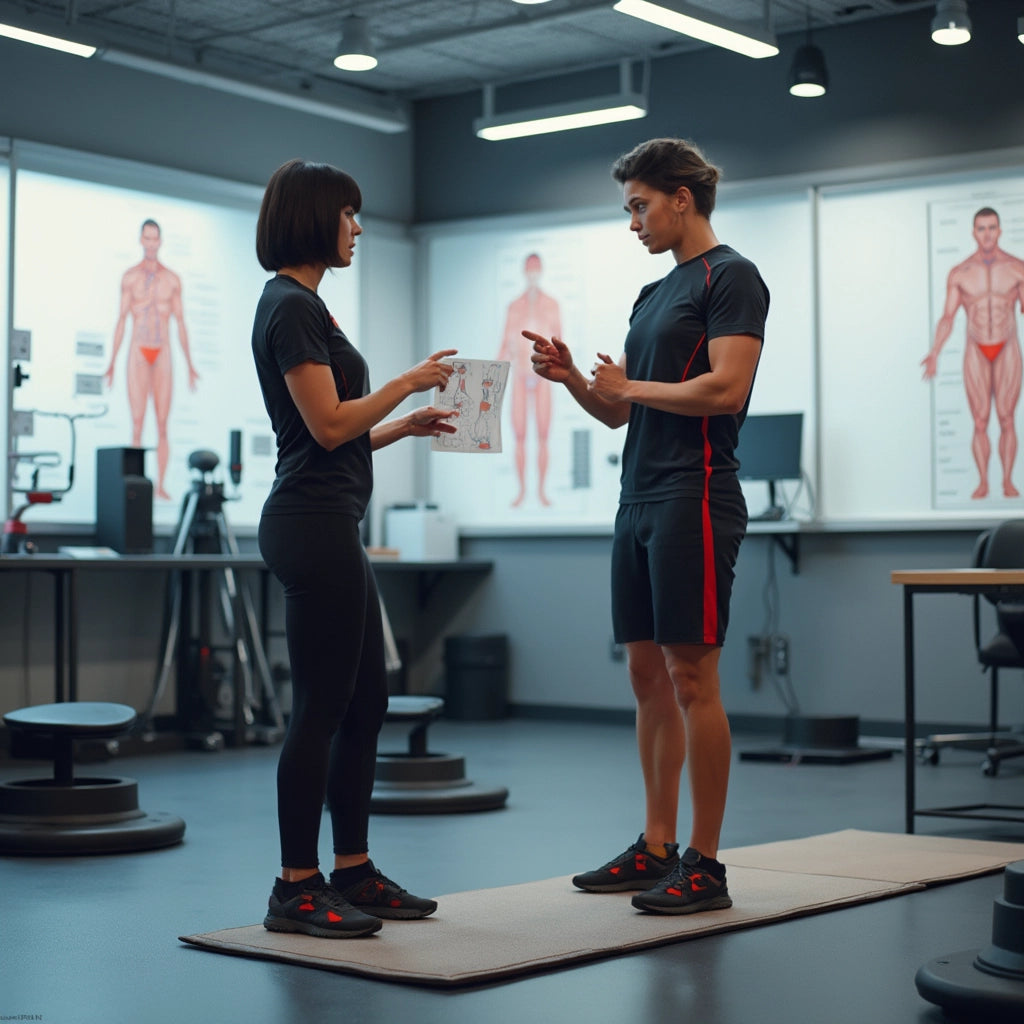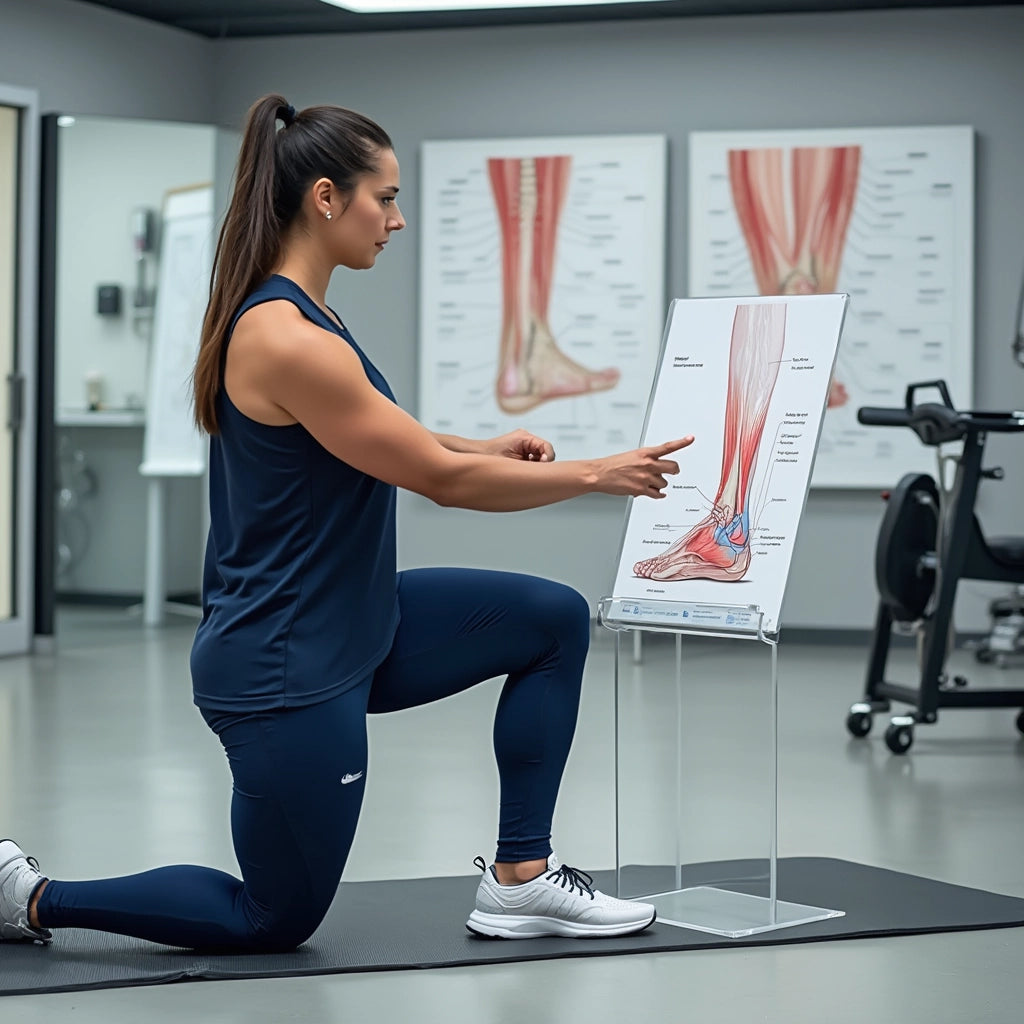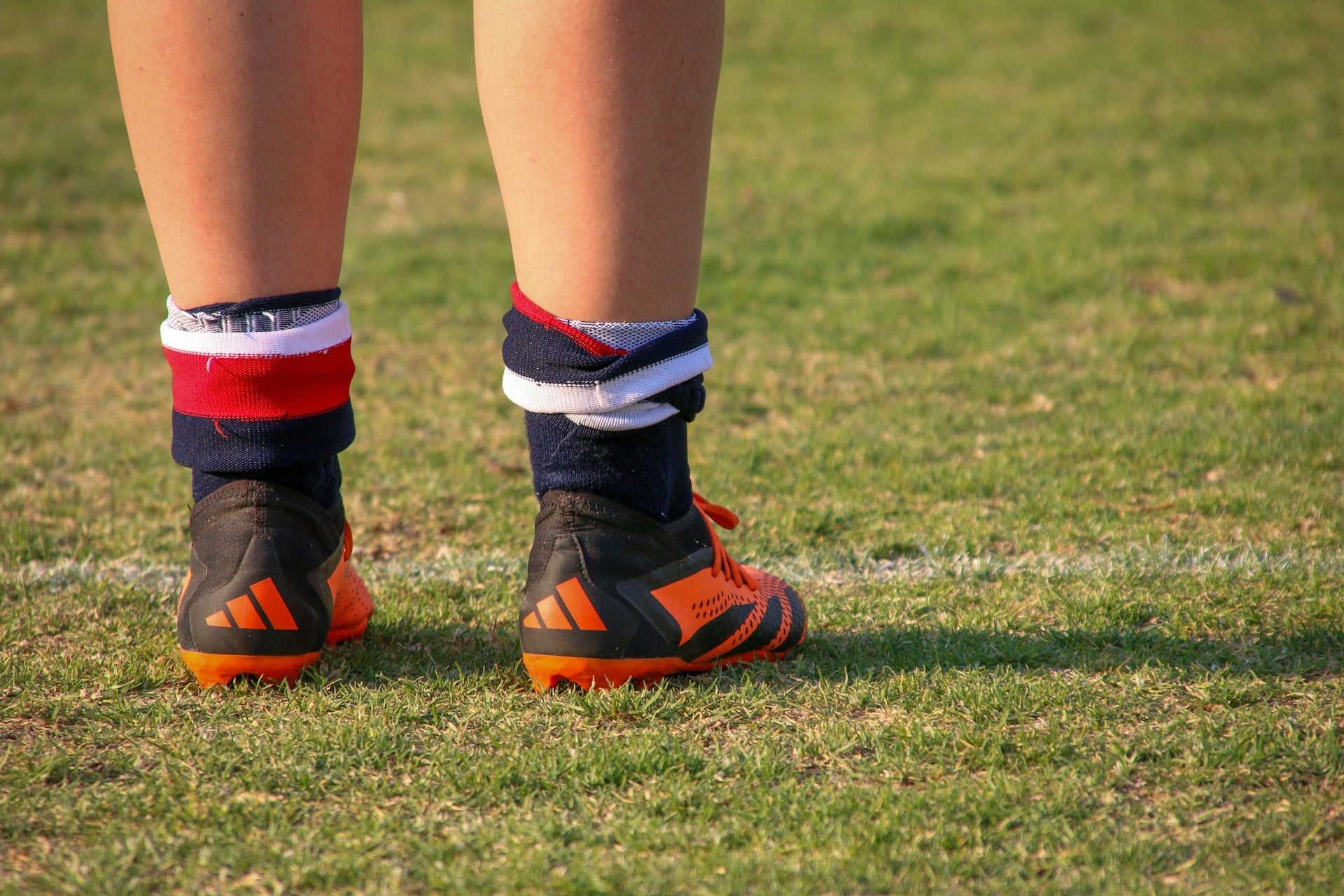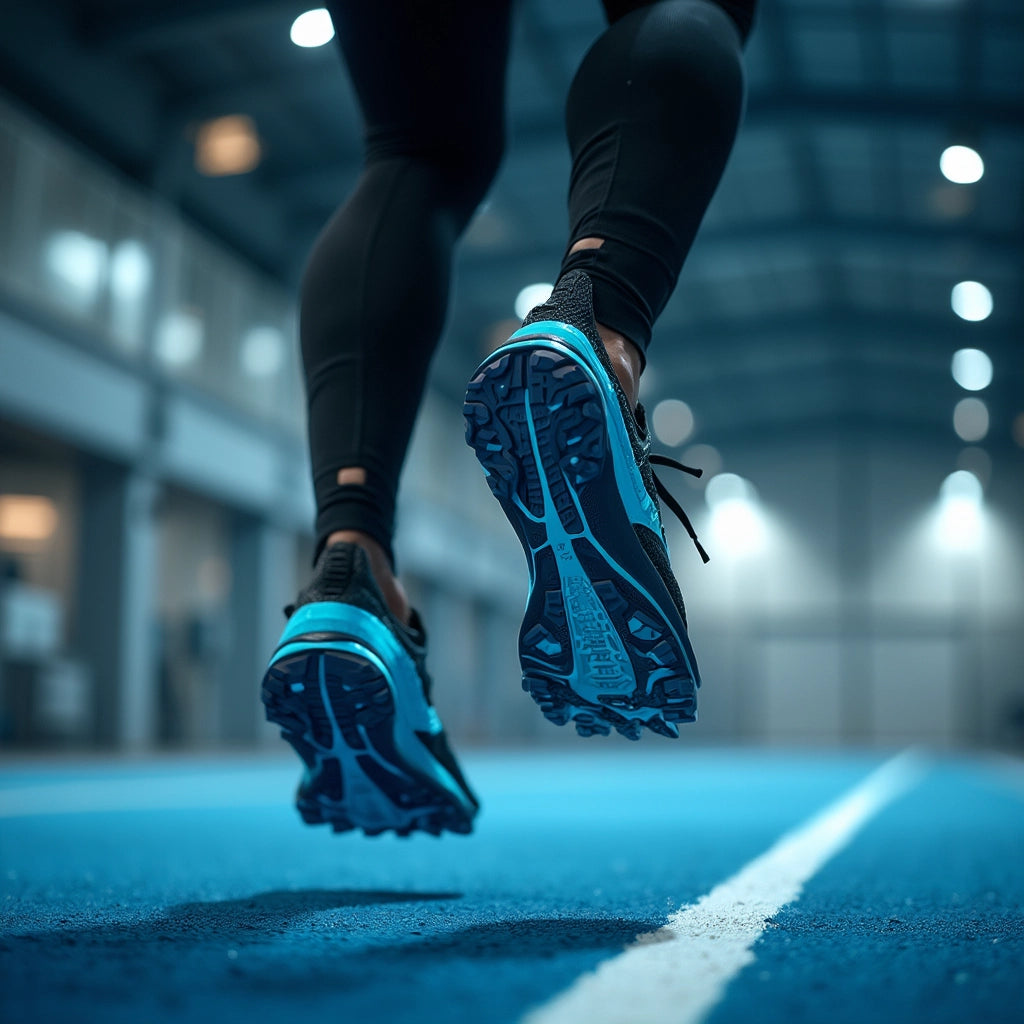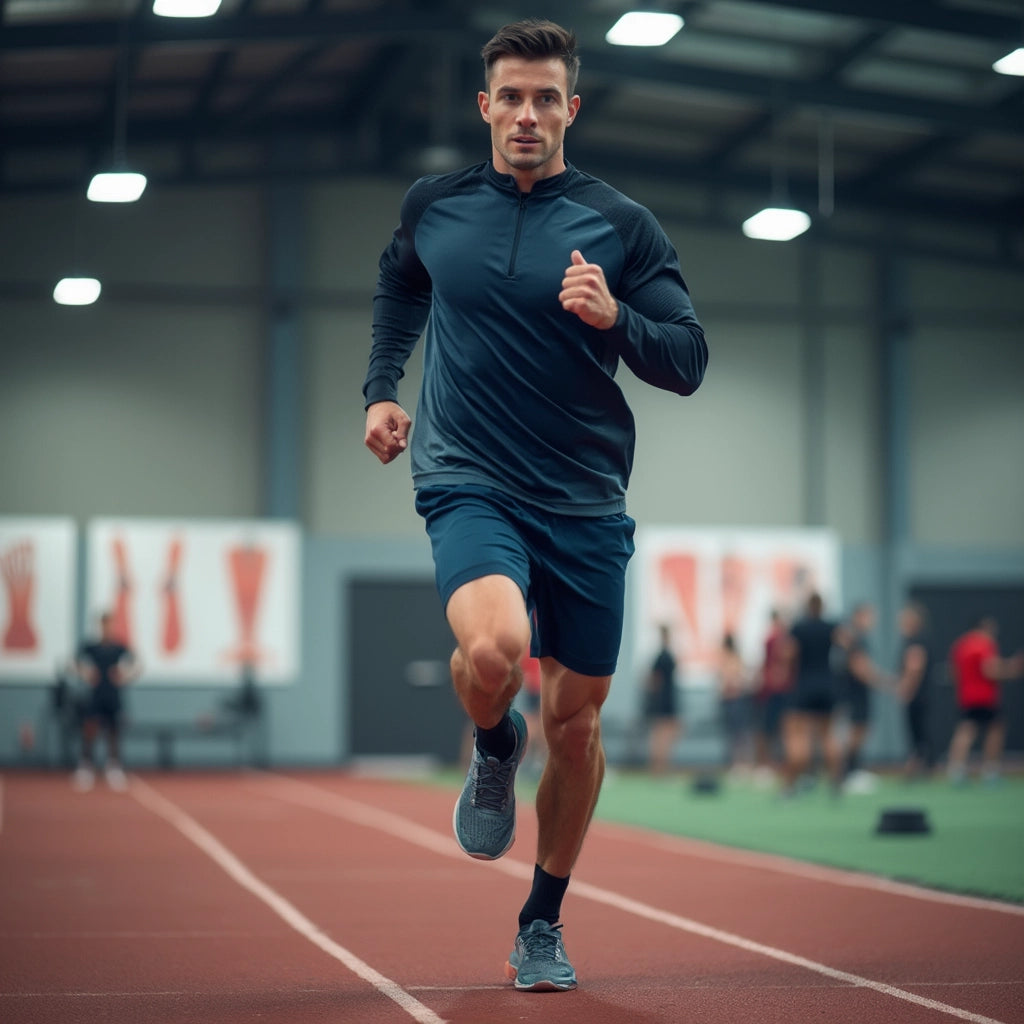Unlocking Your Athletic Potential Through Foot Strike Patterns
In the world of sports, small details can make a big difference. Understanding your foot strike pattern is one such detail that not only influences your athletic prowess but also impacts your long-term joint health. Are you a heel striker, a midfoot striker, or a forefoot striker? Each pattern is unique and plays a crucial role in how force distributes throughout your kinetic chain.
This blog post delves into the nuances of foot strike patterns and how they can significantly affect your running economy, impact forces, and injury risks. By gaining awareness of your pattern and making informed adjustments, you can improve your performance efficiency and build a strong foundation for injury prevention.
The Science Behind Foot Strike Patterns
Foot strike patterns are more than just about where your foot meets the ground; they're about the domino effect that each strike has on your body. Research shows that different foot strike patterns influence various components of athleticism, such as running economy, impact forces, and risk of injury.
Heel Strike
Common among recreational athletes, heel striking typically generates higher impact forces. This pattern often leads to increased stress on the knees and hips, potentially elevating the risk of joint-related issues. But it's not inherently bad; it just requires careful attention to form and proper supportive gear.
Midfoot and Forefoot Strike
On the other hand, midfoot and forefoot striking generally exhibit superior shock absorption. These patterns can enhance running efficiency, particularly in sprinting and agility-based sports, by effectively distributing forces and reducing stress on joints. They create smoother transitions, making them a favorite among competitive athletes.
Finding Your Optimal Foot Strike Pattern
Before you decide to modify your foot strike pattern, it's crucial to understand that there's no one-size-fits-all solution. Your optimal pattern will be influenced by factors such as your sport, running surface, speed, and even your anatomical structure. Instead of a drastic change, aim for gradual adaptation.
- Analyze: Use video analysis or seek a professional assessment to determine your current foot strike pattern.
- Adapt Gradually: If a change is necessary, introduce it slowly to allow your body to adjust.
- Strengthen Muscles: Focus on strengthening the supporting muscles in your feet, ankles, and calves.
- Footwear Support: Ensure your footwear aligns with your foot strike pattern to provide the necessary support. You can consider options like football grip socks for additional grip and protection.
- Practice Specific Drills: Engage in sport-specific drills that emphasize optimal foot positioning and technique.
Practical Steps to Enhance Performance
Improving your foot strike pattern is an ongoing journey that involves attention to detail and patience. Here are some practical steps you can take:
"The secret to lifelong fitness is gradual improvement. Small changes make a big impact over time."
By incorporating these strategies into your training routine, you can optimize your foot strike pattern. Proper attention to how your feet interact with the ground can offer significant enhancements to your athletic capabilities.
Conclusion
Understanding and optimizing your foot strike pattern is a vital step towards achieving peak athletic performance and minimizing injury risk. By taking the time to analyze, adapt, and strengthen your foot mechanics, you can lay a solid foundation for success in your sport.
Interested in learning more about how custom socks can aide your athletic journey? Explore our range at Nextwave Socks and find the perfect fit for your needs! Feel free to share your experiences in the comments or check out our personalized socks to enhance your sporting edge.


